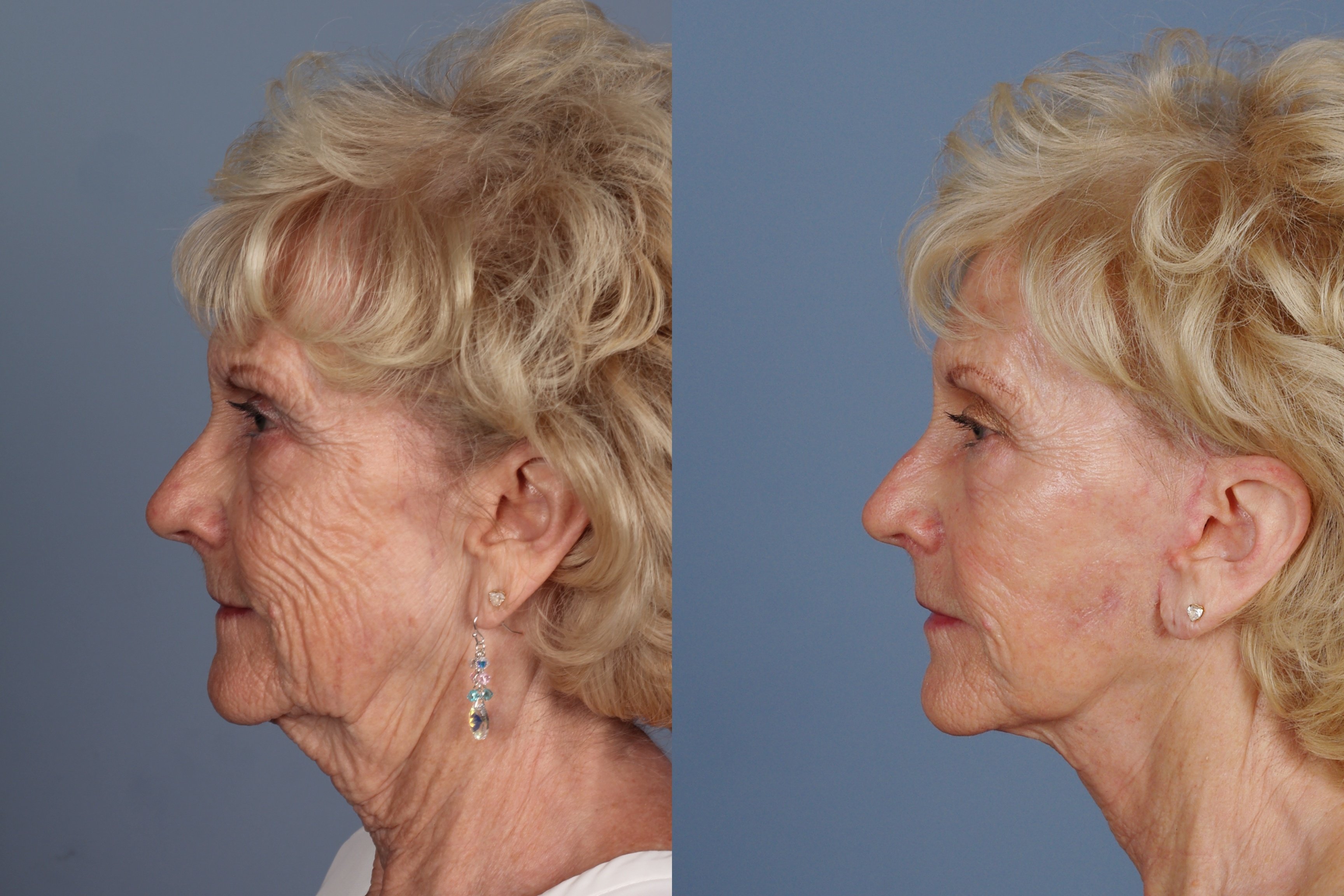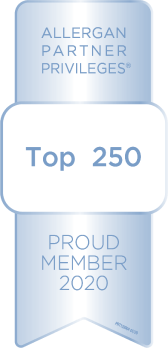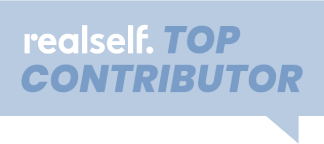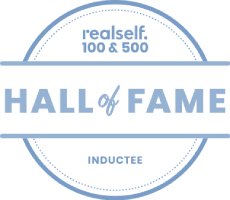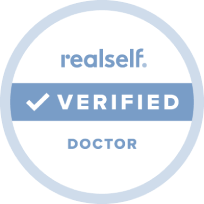Your decision to have a rhinoplasty surgery, whether for cosmetic or functional purposes, was surely a long thought out and well researched one. You likely spent several months, if not years, thinking and learning about the procedure to be sure that it was the route you wanted to take. You may still be in the decision making phase and that’s great! You may also be headed into the operating room very soon. In either case, it’s important to know what to expect for the first few weeks after your procedure. Let’s talk about a few things that you should consider regarding rhinoplasty recovery.
Managing ExpectationsHaving realistic expectations about rhinoplasty results is, perhaps, the single most important factor determining your level of satisfaction. The first thing to remember is that it will likely be a week or more before you can actually see the changes in your nose. There will be swelling and bruising and your nose will initially be covered by a cast in order to protect it as it begins to heal. You may also have stents put in place to aid in healing as well. It’s definitely frustrating to wait days to see the results, but if you already know that going in, it’s not so bad. Secondly, you should know that there is no perfect nose; it simply doesn’t exist. Dr. Raval is incredibly skilled, but he is human too. He will always do his best to provide the most pleasing results, but aiming for absolute perfection can set you up for disappointment.
Immediately Following Rhinoplasty Surgery
Because rhinoplasty is an outpatient procedure, you will be able to leave the surgical facility within about an hour after it’s completed. The general anesthesia will take about 24 hours to completely wear off, so you will definitely need someone to drive you home and help you get settled there. You should expect tenderness around your nose and, as mentioned above, there will be a cast on it to protect it as healing begins. Mild bruising and swelling are typical and can take a week or more to dissipate. Dr. Raval’s team will send you home with written instructions for recovery and care of your nose so that you do not have to remember everything just after surgery.
Returning to Work
This will be a decision you make on your own. After you have been medically cleared to resume the activities required by your job, you will need to decide if you’re comfortable with the appearance of your nose as it may still be healing. For instance, if you work in an office where physical activity is not a part of your job, you may be cleared within a week. However, you are likely to still have some bruising that looks like you have two black eyes. You may not be ready to return to work just yet, in that case. If you work remotely on your laptop, though, you’ll probably be ready in 5 days! It all just depends on your own situation and level of comfort as far as visible swelling or bruising is concerned. Keep in mind that Dr. Raval does offer complimentary laser treatments to reduce the visibility of bruising, if you need to go that route.
Resuming Regular Exercise
Most rhinoplasty patients are recovered enough for light exercise within about 2 weeks following surgery. More strenuous cardiovascular activities like biking, jogging, weight lifting, or aerobic exercise should be postponed until at least one month post-surgery. By resting and restricting movement in the initial days and weeks following the surgery, you will help your body heal more quickly. It will ensure that your blood supply is directed toward healing, rather than supporting busy muscles. Waiting to get that heart rate up is especially important if your rhinoplasty was meant to adjust structural issues to improve breathing function. The less strain you can put on your nose, the more quickly it will heal.
What to Avoid During Rhinoplasty Recovery
There are a few more things that you should be cautious about when recovering from your rhinoplasty surgery. Do not wear glasses or sunglasses for an extended period. Try to wear clothing that you don’t need to pull over your head. And of course, do not blow your nose. Something often overlooked is to stay regular. That is to say, eat plenty of fiber to avoid constipation, which can cause you to strain and put extra pressure on the surgery site. Do your best to avoid extreme facial expressions like smiling or laughing - that will probably be tough, but try! You will also want to avoid laying flat on your back or on either side while sleeping. Elevate your head with two or three pillows to aid healing and keep your nose from sustaining any pressure. And, don’t engage in smoking marijuana for at least 2 weeks.
Is it Safe to Fly After Rhinoplasty Surgery?
Because patients fly from all over the country to have Dr. Raval perform their rhinoplasty, we are commonly asked about being able to fly following the surgery. To be safe and to minimize the likelihood of increased swelling or difficulty breathing, it is best to wait 2-4 weeks before traveling by air. The pressure changes can cause swelling to worsen and it can last for more than a month. When you are able to fly, be sure to move about the cabin when it’s safe to do so in order to reduce the risk of developing a blood clot. Using a nasal spray can help ease congestion in sinuses and ears. Be sure you do not lift luggage or try to place anything over your head in the bins - ask for help.
Every Patient is Unique
Your exact recovery time may be different from someone else’s because every patient and procedure is unique. During your initial consultation with Dr. Raval, you will discuss your medical history and current health status as well as the aesthetic changes and/or breathing improvements you’d like to make to your nose. With that information, Dr. Raval will be able to give you a more personalized idea about your own recovery time. Your health prior to surgery will determine a lot about your recovery time. You will need to stop smoking cigarettes and drinking alcohol, if those are part of your lifestyle. Both habits constrict blood flow, making surgery more risky. Even if you aren’t accustomed to regular exercise, consider increasing your activity level in the weeks leading up to your surgery - it can drastically improve your healing and recovery.
Rhinoplasty is a complex surgery that should be performed by a skilled surgeon with an eye for artistry. Although perfection is a much too lofty goal, Dr. Raval sure can get close. Now that you know what to expect when recovering from rhinoplasty surgery, why not take a look at his before and after gallery to see for yourself.
- Acne
- Botox/Dermal Fillers
- Browlift
- Chemical Peels
- Chin Augmentation
- Consultation
- Denver Facial Plastic Surgeon
- Deviated Septum
- Eyelid Procedures
- Facelifts/Necklifts
- Headaches/Excessive Sweating
- Healthy Living
- Laser Hair Removal
- Laser Treatments
- Latisse
- MedSpa
- Memberships
- Microdermabrasion
- Nasal Valve Collapse
- Non-Surgical Procedures
- Rhinoplasty
- Skin Care
- Thread Lifts
- Wrinkle Treatments



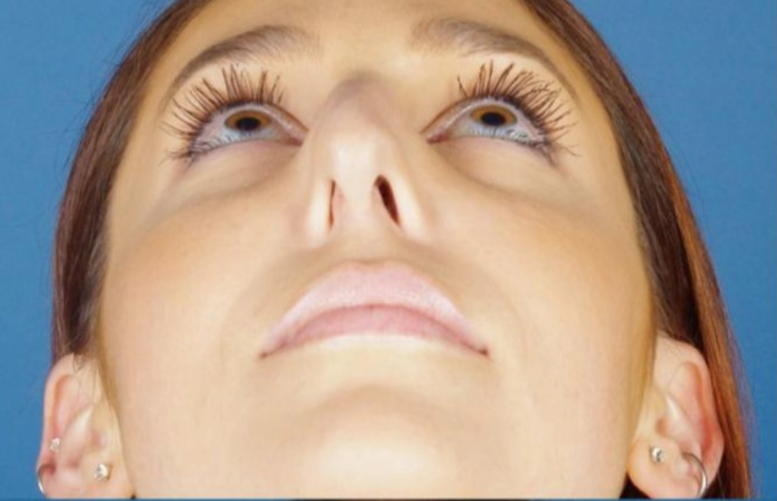
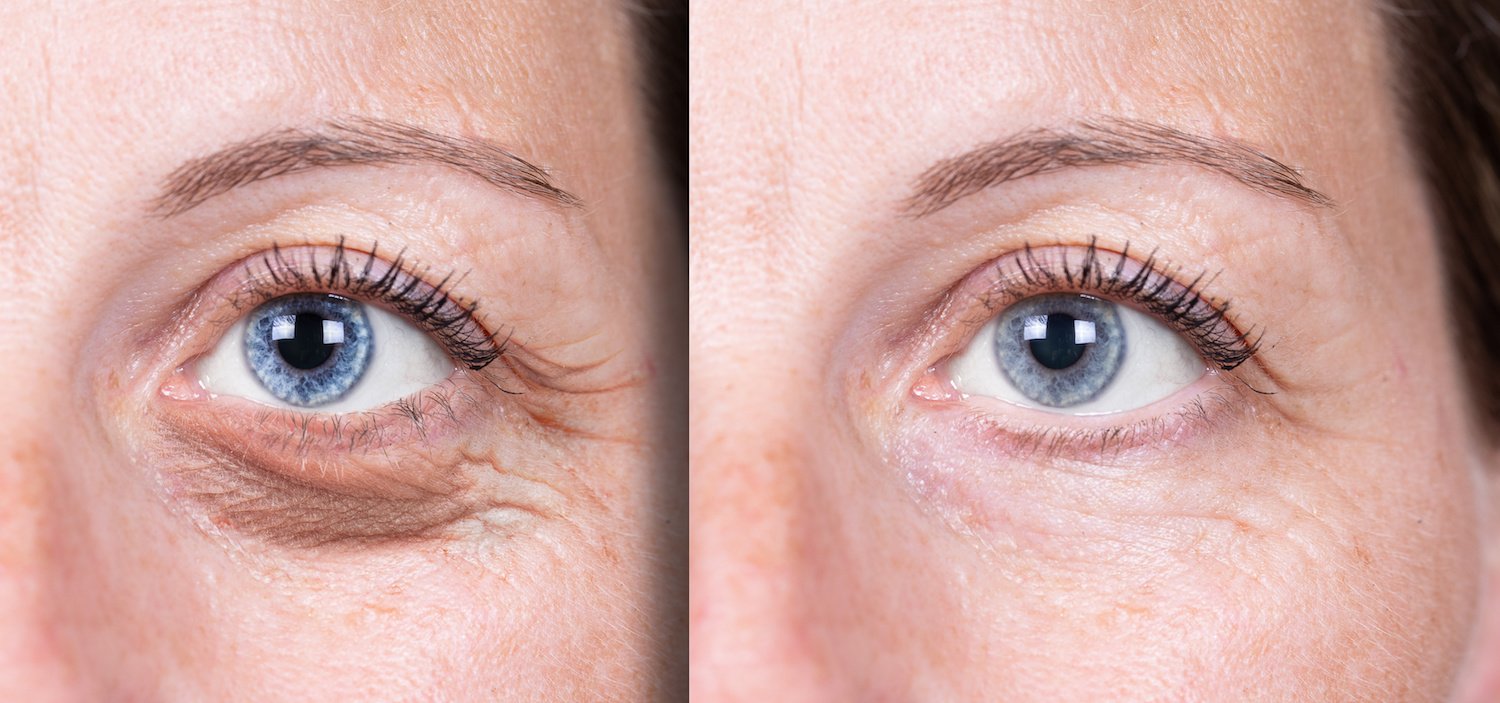
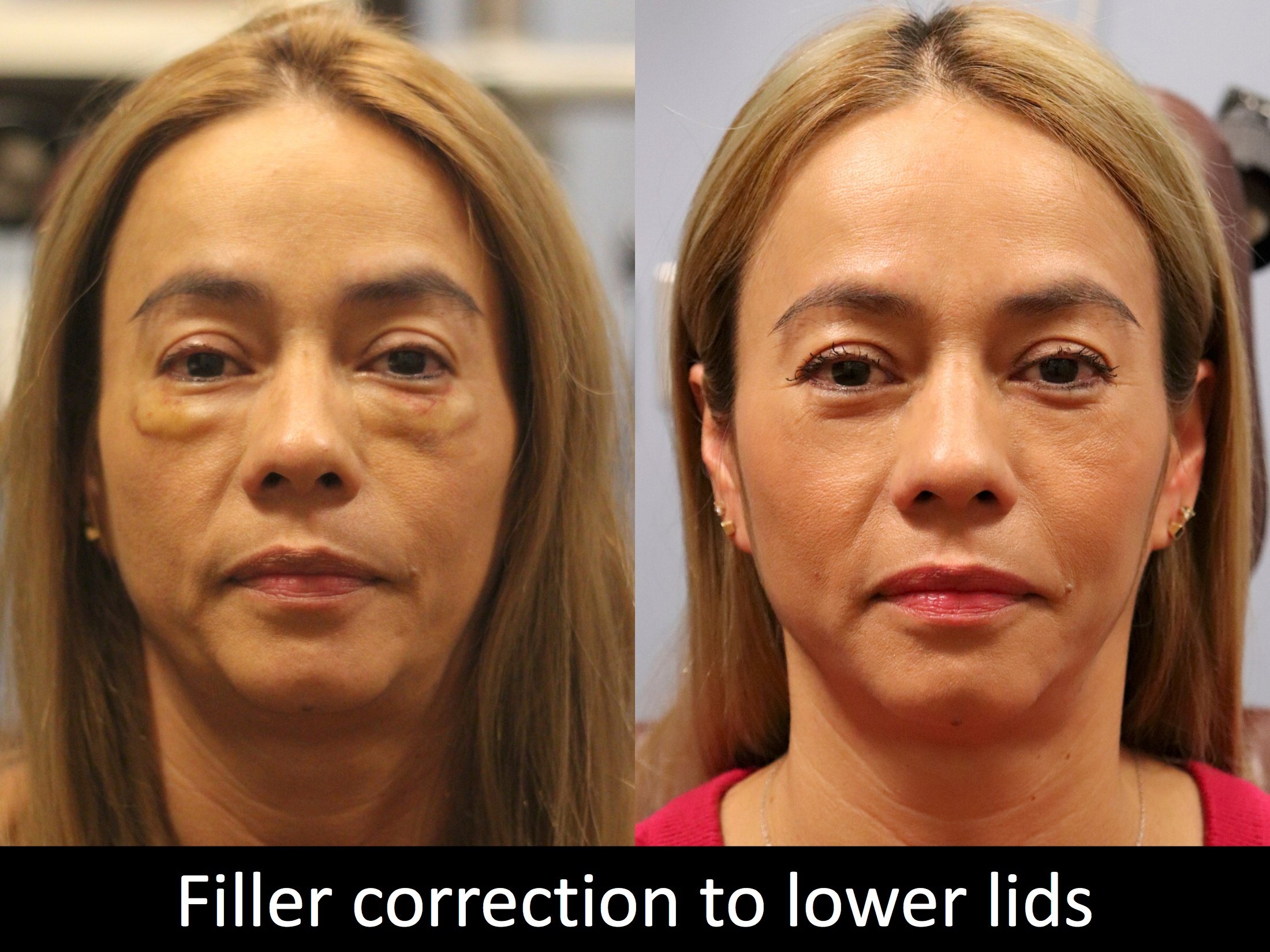
.jpeg)
